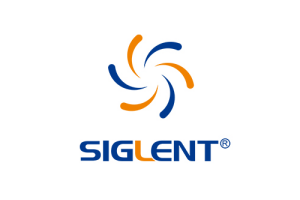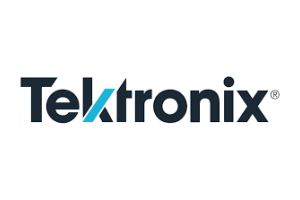Marketable Sodium-Ion Battery
Dawning of the Post-Lithium Age
Fortsetzung des Artikels von Teil 1
"Abundant and Low-Cost Raw Materials..."
Professor Stefano Passerini, coordinator of the EERA Joint Programme on Energy Storage and director of the Helmholtz Institute Ulm, calls the CATL initiative "a significant initiative" and sees "Europe once again forced into the role of latecomer." Even though, at 160 Wh/kg, the first generation of sodium-ion cells are still well below the 200 Wh/kg of lithium-ion batteries, ‘in extreme cases they can replace them in all those applications that do not require high energy, such as stationary applications, light commercial vehicles, urban transport, delivery services, refuse collection or city cars and scooters.’

‘Their biggest advantage over lithium-ion batteries lies in the abundant and inexpensive raw materials,’ Dr Shalu Argawal also confirms. The analyst at Yole Développement continues: ‘Almost all the lithium in the world comes from four countries: Australia, Chile, China and Argentina. Moreover, the extraction of lithium is not environmentally friendly, while sodium is over a thousand times more abundant than lithium in the earth’s crust.’ This makes both sodium and corresponding batteries much cheaper than their lithium counterparts. ‘In addition, the cathodes of lithium-ion batteries typically use cobalt, a metal of limited availability that is associated with significant environmental and humanitarian problems. Sodium metal oxide is usually used for the cathodes of sodium-ion batteries,’ says the analyst.
A recent survey by Markt&Technik among leading battery manufacturers shows that they do not seem to have opted for sodium-ion batteries so far. For example, Oliver Sonnemann, Department Head Battery Sales at Panasonic Industry Europe, states that "we do not see sodium-ion batteries as the technology of the future and are instead moving in other directions." GS Yuasa would not give an assessment of the potential of sodium-ion systems.
Holger Gritzka, CEO of battery start-up Blackstone Technology, gives sodium-ion batteries a chance "if we succeed in compensating for the chemical-physical disadvantages of sodium compared with lithium in the cell design." Sodium-ion systems will not be a replacement for lithium-ion systems in the foreseeable future, "but they could be a useful addition for certain applications over a long period of time." Ultimately, however, he too sees only sodium-ion and lithium solid-state batteries as a long-term, marketable alternative to conventional lithium-ion systems.
And how do potential users such as battery assemblers assess the market opportunities for sodium-ion systems? "I don’t think they are suitable for the consumer market," says Werner Suter, Managing Director of Tefag Elektronik; "the energy density is still too low for that." However, he sees possibilities for stationary and automotive applications, "but that will take time." An assessment that is also shared by the ZVEI. There, it is currently expected that further cell technologies will be ready for the market in about the second half of this decade, which could compete with the established lithium-ion systems: ‘These could include sodium-ion batteries and also solid-state batteries.’
Dr Martin Busche, Director of Engineering at Akasol in Darmstadt, currently sees sodium-ion batteries as a complement: "CATL opted for the better fast-charging capability and the better low-temperature performance when they were unveiled. The low energy density should be offset by the combination with high-energy LIBs." Akasol sees market opportunities for sodium-ion batteries, as Na- and Li-ion batteries are similar in terms of production processes ‘and so you can use LIB equipment for NIB batteries as well, and thus take advantage of the cost benefits from the ever-improving production lines.’
For Dr Tim-Patrick Fellinger, battery researcher at the Federal Institute for Materials Research and Testing (BAM), the market opportunities for sodium-ion batteries also appear realistic, as the increasing demand for lithium-ion batteries can hardly be met by production in the short term. "Since the production capacity for sodium-ion cells could be ramped up quickly, these can offer an alternative. In addition, sodium-ion cells can be produced in a more environmentally friendly way and at a lower price," Fellinger sums up.
- Dawning of the Post-Lithium Age
- "Abundant and Low-Cost Raw Materials..."









